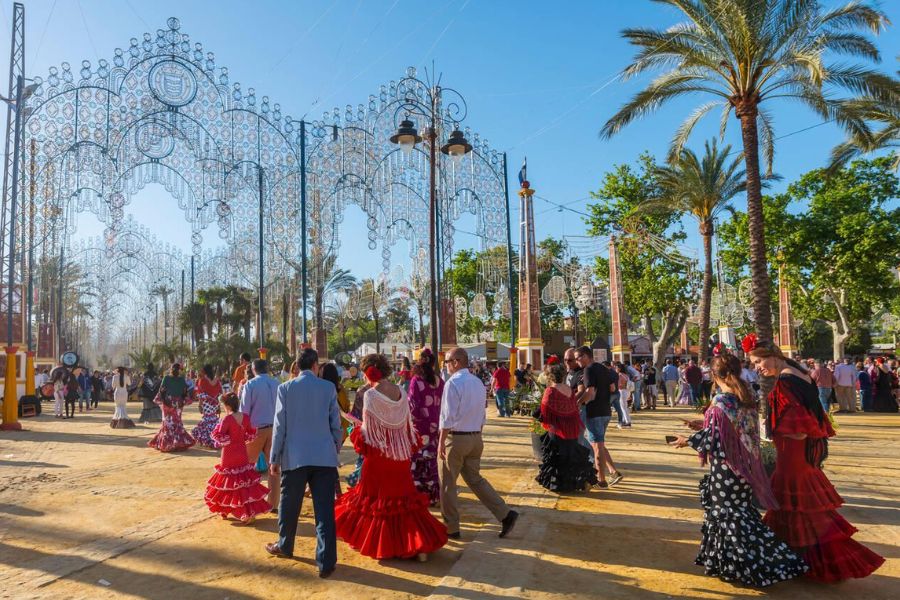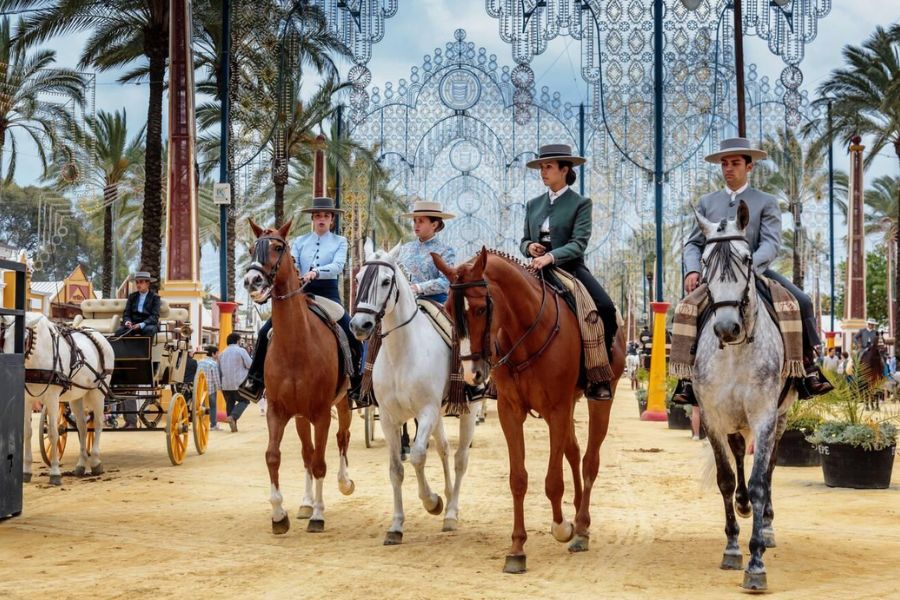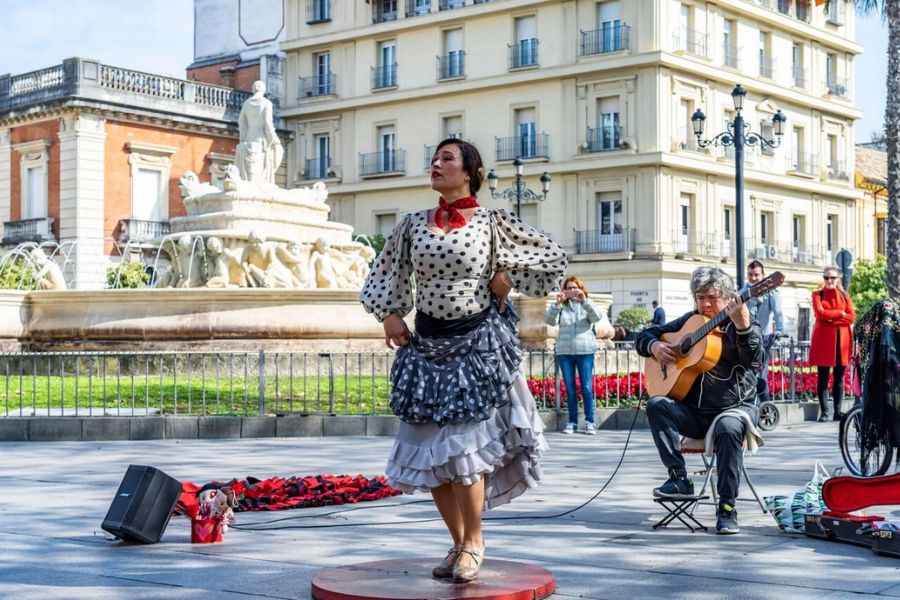I squeezed into a tiny table inside a packed tabanco in Jerez and instantly got swept up in a night that showed me the true heart of Andalusia.
Feeling the soul—duende—of flamenco in a traditional Jerez tabanco left a mark on me that still lingers, long after the music stopped. The raw guitar, passionate singing,

The Spirit of Andalusia: Migration, Identity, and Legends
I wandered through Jerez late at night, feeling this strange mix of belonging and wonder. Flamenco isn’t just music here—it’s the heartbeat of a community shaped by migration, layered identities, and enduring legends.
Gypsy Roots and Cultural Influences
Flamenco in Jerez grows from the gritty histories of the Roma people, known as Gitanos or Gypsies. For centuries, the Gitanos traveled across Europe and eventually settled in Andalusia.
This journey changed not just the region’s music, but its daily life and spirit too.
In Jerez, these influences meet Moorish, Jewish, and local Andalusian sounds. The style feels raw but familiar, especially when you hear it in the close quarters of an old tabanco—a flamenco bar that’s seen a lot.

Even now, flamenco’s soul blends different cultures. I could hear longing, abundance, and resilience in every cante (song).
It goes way beyond entertainment. It’s survival. It’s pride.
Legends of Flamenco in Jerez
Stories about legends like La Paquera de Jerez, Manuel Torre, and Tío José de Paula drift through the air, mixing with the scent of wine in the tabanco.
Their lives held both struggle and success, marked by wandering and homecomings that shaped Andalusian identity.
Local guides and musicians love to share how old masters sang until dawn, their voices weighed down by personal stories.
Many legends started in small family gatherings before they ever reached a stage.
I found out that people passed down most traditions orally—sometimes they changed, sometimes they didn’t.
These shared legends can turn an ordinary night in Jerez into something that feels almost mythical.
Famous Figures Table:
| Name | Known For | Legacy in Jerez |
|---|---|---|
| La Paquera de Jerez | Powerful singing | Female voice of Jerez flamenco |
| Manuel Torre | Soulful cante | Symbol of “duende” emotion |
| Tío José de Paula | Guitar & rhythm | Pioneer of Jerez-style compás |
Contemporary Vs. Nineteenth Century Traditions
Flamenco in Jerez feels alive, always shifting between its history and what’s happening now. When I sit in a tabanco, I catch songs and dances that clearly echo their nineteenth-century beginnings.
There’s a certain rawness in those old palos—flamenco styles—and in songs that talk about daily struggles, migration, or just figuring out who you are.
But honestly, things have changed a lot. Performers today mix tradition with new sounds and stories.
Some artists dive into fusion, blending flamenco with jazz or even pop. Still, they hang onto that unmistakable flamenco intensity.

The crowd looks different now, too. Locals and travelers share the same space, and those once-private shows have turned into open invitations.
But one thing hasn’t changed: everyone keeps chasing duende—that spark or soul that makes a performance feel real.
No matter when or where, I hear the same longing in every note. That music keeps shaping lives, both old and new.

